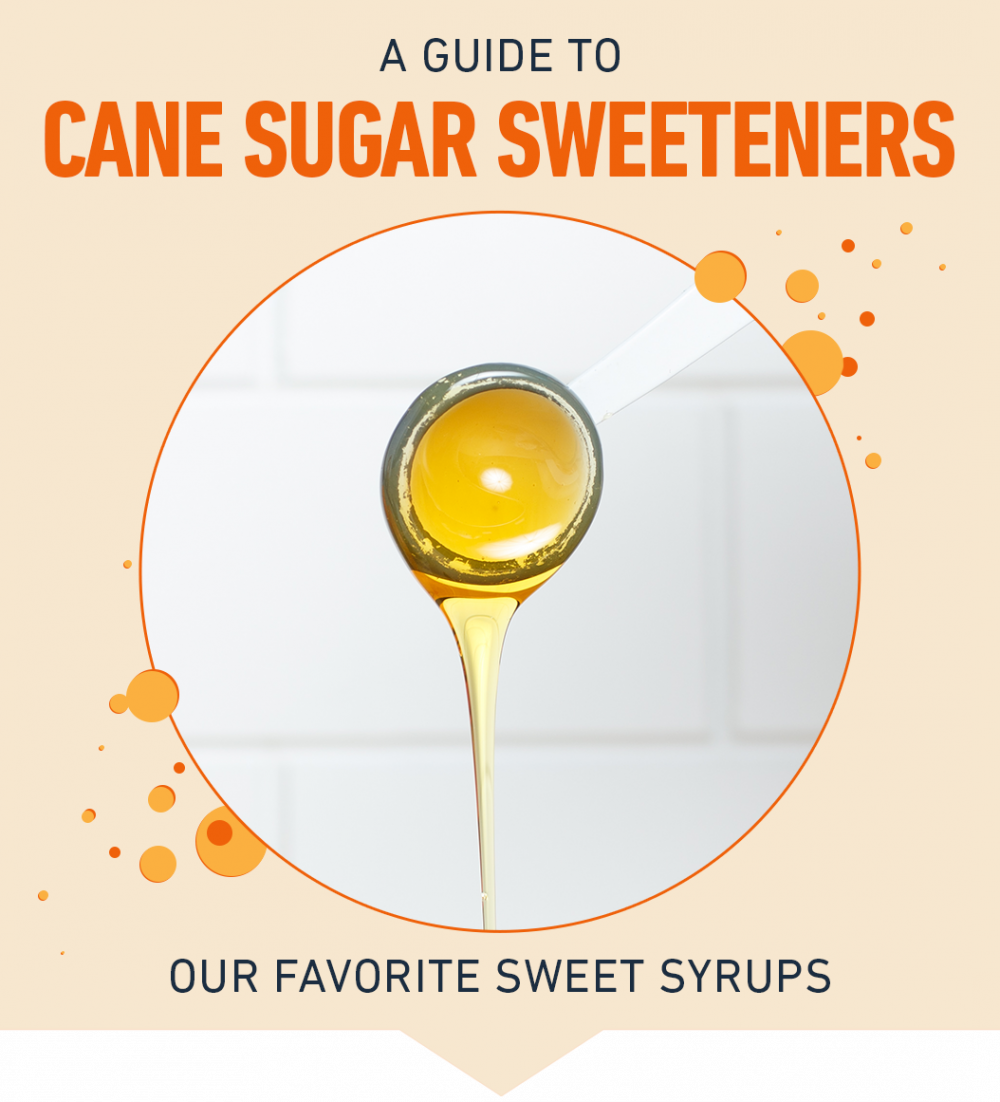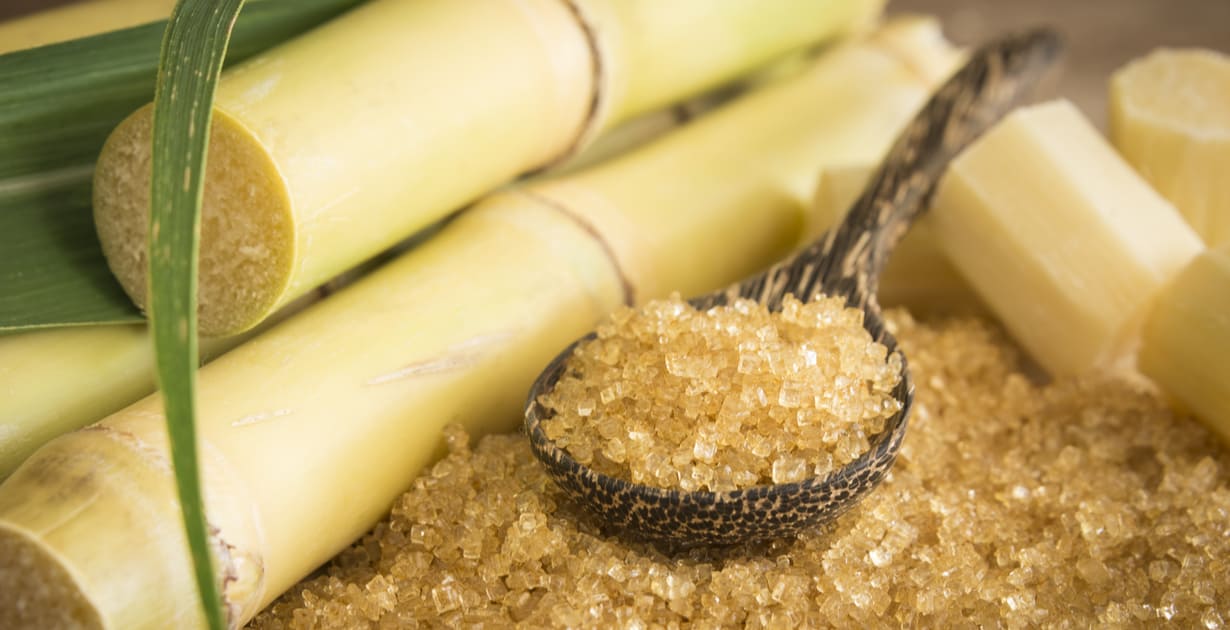Discovering the Comprehensive Tips Entailed in Walking Stick Sugar Handling From Gathering to Refinement
The procedure of cane sugar production incorporates a series of complex actions, starting with the cautious harvesting of sugarcane and finishing in the refinement stages that make certain the final item meets market requirements. Each stage, from the extraction of juice to the filtration and crystallization processes, plays a crucial function in determining the top quality and personality of the sugar.
Harvesting Sugarcane
Harvesting sugarcane is an essential action in the cane sugar processing chain, as it straight affects the quality and yield of the end product. Proper timing and techniques are necessary during this stage to make certain optimal sugar material and decrease losses. Generally, sugarcane is harvested when it reaches maturity, usually 12 to 18 months after growing, defined by a high sucrose concentration.

Post-harvest, the sugarcane has to be refined promptly to stop sucrose deterioration. Ideally, harvested walking cane needs to be transported to processing facilities within 24 hours to maintain sugar high quality. As a result, reliable logistical preparation is critical to keep the stability of the harvested plant throughout the supply chain.
Removal Refine

The smashed cane undergoes a collection of pressing operations to optimize juice recovery. Usually, hot water is sprayed onto the smashed walking cane, producing a countercurrent circulation that assists dissolve the sugar while also assisting in the removal process. The juice collected from this operation contains not just sugar however also numerous natural substances and pollutants.

To improve extraction effectiveness, some centers might use diffusion approaches, where the sugarcane is taken in warm water, enabling the soluble sugars to diffuse into the fluid. The resulting juice, rich in sucrose, is then routed to succeeding processing stages, laying the foundation for purification and improvement. The removal procedure is hence pivotal in identifying the top quality and return of the last sugar product.
Purification Techniques
The filtration strategies used in walking cane sugar processing are essential for transforming the raw juice right into a top quality sugar product. These methods largely intend to remove impurities, such as dirt, plant products, and inorganic materials, which can adversely influence the last item's flavor and color.
This procedure includes adding lime and warmth to the raw juice, which helps with the coagulation of impurities. Furthermore, the use of phosphoric acid can improve the clarification procedure by further binding contaminations.
Another substantial method is carbonatation, where co2 is introduced to the clarified juice. This response produces calcium carbonate, which catches remaining contaminations and promotes their elimination.
Furthermore, turned on carbon treatment may be applied to adsorb any type of remaining colorants and organic contaminations, making sure an extra polished item. The combination of these approaches efficiently prepares the sugar juice for see this page succeeding action in the refining process, establishing the stage for the manufacturing of top quality walking cane sugar.
Crystallization Techniques
After the filtration phase, the following essential step in walking cane sugar handling includes formation methods, which play an essential duty in transforming the cleared up juice right into solid sugar. This procedure usually uses two main approaches: spontaneous condensation and controlled condensation.
In spontaneous formation, supersaturated sugar solutions are enabled to cool normally, leading to the formation of try here sugar crystals gradually. This approach is less complex but may cause uneven crystal sizes and lower purity levels. On the other hand, managed condensation is an extra precise technique where seeding, temperature, and focus agents are diligently managed. This method enables the consistent development of sugar crystals and greater purity.
During crystallization, the cleared up juice is concentrated through evaporation, increasing its sugar content until it gets to supersaturation. When this point is achieved, either method can promote the formation procedure. Cane Sugar Processing. The resultant sugar crystals are then divided from the continuing to be syrup through centrifugation
Inevitably, the selection of condensation method impacts the top quality, size, and purity of the final sugar product, making this action vital in the general cane sugar processing procedure.
Improvement and Packaging
How can the pureness and top quality of walking cane sugar be even more boosted after condensation? The improvement process plays a vital role in achieving top notch cane sugar.
Next, the sugar undergoes a procedure called centrifugation, where it is spun at broadband to separate the detoxified sugar crystals from the remaining fluid. After centrifugation, the sugar is often additional refined through an approach called carbonization or phosphatation, which utilizes triggered carbon or phosphoric acid to remove shade and off-flavors.
Once improved, the sugar is dried to achieve the preferred wetness web content, guaranteeing that this hyperlink it stays stable during storage and transport. The last action involves packaging the refined sugar in moisture-proof and airtight containers to preserve its top quality and protect against contamination. Cane Sugar Processing. Appropriate product packaging not just extends life span but likewise assists in very easy handling and circulation, making sure that consumers receive sugar that satisfies the greatest requirements of pureness and top quality
Final Thought
The thorough actions associated with walking cane sugar handling, from the thorough harvesting of sugarcane to the detailed refinement and packaging phases, emphasize the significance of each stage in guaranteeing high-quality sugar manufacturing. Optimal harvesting techniques, reliable extraction methods, and strenuous purification processes jointly contribute to the last item's purity and stability. The formation and subsequent packaging practices further improve the integrity and life span of the sugar, highlighting the intricacy and precision fundamental in this important agricultural sector.
The procedure of walking stick sugar production incorporates a collection of elaborate steps, starting with the careful harvesting of sugarcane and finishing in the improvement stages that ensure the last item satisfies industry criteria. Ideally, gathered walking stick should be transported to refining centers within 24 hours to protect sugar high quality.In spontaneous condensation, supersaturated sugar solutions are enabled to cool normally, leading to the formation of sugar crystals over time - Cane Sugar Processing. The improvement procedure plays a vital role in attaining premium cane sugar.The detailed actions entailed in walking stick sugar handling, from the precise harvesting of sugarcane to the detailed refinement and product packaging phases, underscore the importance of each phase in making certain premium sugar manufacturing